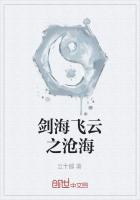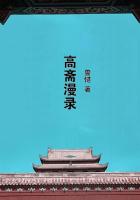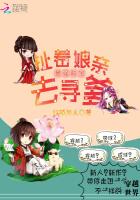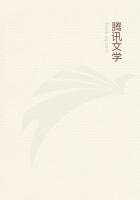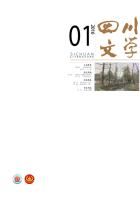In the 1,000 years since Islam was introduced into China in the7th century up until the Ming Dynasty, there were no printed editions of the Holy Qur"an either in Arabic or in Chinese. Transcribing by hand was the only way to maintain and spread the Holy Qur"an. To learn it depended mainly on the oral teachings of the Imam, or one had to learn it in Arabic because by that timethere had not appeared scholars who were well versed in bothArabic and Chinese and could translate the Holy Qur"an into Chinese, furthermore, the Holy Qur"an is a scripture revealed in Arabic, so it was afraid that to translate it into other languages would not deliver its real meaning and impact one"s Iman (faith)? As Islam developed in China, the Muslims in China who spoke Chinese hungered for explanation of the Holy Qur"an in Chinese. So Mosque Education rose, and Imams undertook to do it in Jingtang Yu, a mixed language of Chinese, Arabic and Persian used in Mosque Education. At the same time, some Imams and scholars who were well versed in Arabic attempted to translate the Holy Qur"an into Chinese. By the end of the Ming Dynasty and beginning of the Qing Dynasty (the 17th century), Islamic scholars translated the Qur"anic verses that were quoted in their works. By the middle and end of the 19th century, “Selections from the Holy Qur"an” translated by Ma Zhiben, and 5-volume “Literal Translation of the Holy Qur"an” by Ma Fuchu were published. As European language versions of the Holy Qur"an were transmitted into China and the New Culture Movement developed, it was taken into consideration to translate the entire Holy Qur"an into Chinese.
From the 1920"s to the time when New China was founded, the complete Chinese versions of the Holy Qur"an were publishedsuccessively, among which the ones with greater influence were:1) “Holy Qur"an” translated from Japanese by Li Tiezheng, a Non-Muslim, which was the earliest complete Chinese version of the Holy Qur"an published in Beijing in 1927; 2) “Chinese Translation of the Holy Qur"an” translated from English by Ji Juemi and others in Shanghai in 1931; 3) “Translation and Interpretation of the Holy Qur"an” edition A, B and C translated by Wang Jingzhai and published in 1932, 1943 and 1946 respectively; 4) “Additional Interpretation to Chinese Translation of the Holy Qur"an” done by Liu Jinbiao in Beijing in 1943; 5) “Essence of the Holy Qur"an” translated by Yang Jingxiu and published by Publishing Division of Chengda Normal School in Beijing in 1947. All these Chinese versions of the Holy Qur"an with different characteristics indicated the delightful progress on the work of translating the Holy Qur"an. They became more and more accurate in meaning and easier and easier to understand.






